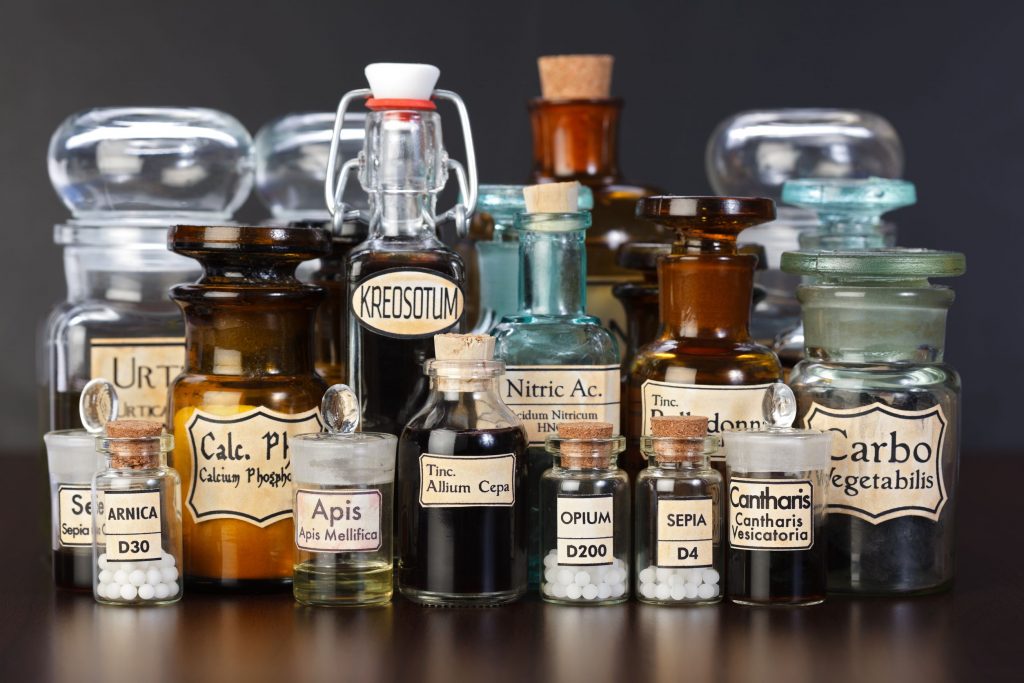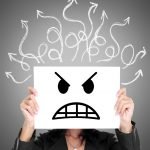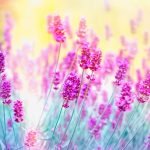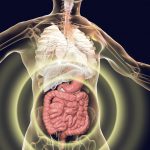The Vital Conversation
James Sensenig, ND
Thomas A. Kruzel, ND
This is the first part of a 2-part article based on discussions with Dr Thom Kruzel, of Scottsdale, AZ, and moderated by Dr Jim Sensenig, the founder of the Naturopathic Medicine Institute (NMI). They join a series of articles in NDNR that are based on transcripts of conversations that occurred on Wednesdays for several years and were hosted by Dr Sensenig and other senior vitalists. In Part 1, Drs Sensenig and Kruzel discuss the biased view of homeopathy as “unscientific.”
Not Just One More Medicine
Here’s what Dr Sensenig had to say about homeopathy on March 8, 2017:
“There’s probably nothing else in our repertory that is more deeply acting and more profoundly beneficial than a properly selected remedy that’s homeopathic to the case.
“The 20th-century materialistic sciences have moved into the understanding that we belong to a vibrational universe made up of a subtle pattern that some call a zero-point field, or matrix. Our predecessors called it the immaterial world, and modern naturopathic physicians call it the vital force.
“I don’t think Hahnemann’s major contribution was the idea of similimum, because western medicine is replete with the idea of like-cures-like, from at least Sumerian times. My personal understanding of what Hahnemann uncovered was a serendipitous realization that the more dilute a medicine, the more potent it is. In this alone, he can be considered one of the greatest alchemists of all times. He has taken the crude to the sublime, which is the heart of alchemy – to take crude substance and have it modified to a point where it can work on the sublime level.
“However, Hahnemann did not write the bible of homeopathy. He did not write the handbook on homeopathy. He wrote the Organon of Medicine. He was telling us that in a logical, beneficent, interconnected, and intelligent universe, disease is a disturbance in the vital force. And as this force is disturbed, in every imaginable way we will manifest physical symptoms, and the only logical way to use a medicament would be to counter that disturbance to rebalance the perturbed vital force.
“Yet, in our schools and conferences, we tend to think of homeopathy as this modality over here in this box that we could use. This is the same way that an allopathic physician thinks that he or she can use this medicine or that medicine. I think that’s an allopathic way of thinking about homeopathy, ie, just one more medicine that we could use. What we actually have in this modality is a phenomenally powerful medicine, one that works almost better than anything else in our armamentarium because the very concepts that govern homeopathy resonate deeply with vitalism.
“I’m sad to report that current naturopathic students in each of the schools have frequently reported there is a trend against the use of homeopathic medicines, and even against learning about them, because it’s considered old-fashioned, it’s not modernized, it’s an antiquated way of seeing the world, it doesn’t work, and it’s unscientific. So, what are we doing fooling around with homeopathy?”
Proven Scientific
Dr Kruzel: “I’d like to address the biased view of homeopathy that it is ‘unscientific.’ Homeopathy was scientifically validated some years ago. It’s unfortunate that our department heads in the accredited naturopathic schools are not keeping up with the research.
“There was an excellent article by Iris Bell, published in the American Journal of Homeopathy in 2012. She reviewed about 300 articles on the scientific basis of homeopathy, and showed what the medicine does and how it works. One of the studies cited discussed how the researchers were able to utilize homeopathic medicines in cell cultures to protect cells from heat shock proteins and other perturbations they were subjected to. The researchers showed that not only did the homeopathic potentization of the perturbing substance reverse the insult to the cell, it also strengthened the cell over a period of time. As the cells became more resilient, more and more of the toxic substance was needed to cause the cells to lose their function.
“This is what we see clinically in patients as well.
“Do you recall the work of a prominent French immunologist, Jacques Benveniste? I was on a panel with him right after the retraction of the publication of his work on the mechanism of the imprint of dilute medicines in water, published in Nature, along with an editorial in the same issue that questioned Benveniste’s conclusions. The editorialists admitted that the science was sound, but they didn’t believe it. Yet, they published it. But then Nature retracted its endorsement. Benveniste was subjected to a great deal of ridicule. A lot of researchers tried to reproduce his work, but Benveniste said that when he looked at their methodology, it wasn’t anything like his.”
Homeo-prophylaxis
Dr Sensenig: “There’s that paradigm thing. You can show some ‘flat earth’ proponents the ‘evidence’ for the earth being round, but they cannot appreciate it or understand it until they truly understand that the earth is round and their information can fit into a different world view.”
Dr Kruzel: “Homeopathy has also been validated in some recent epidemiological case studies. One example is from Cuba, where they have chronic problems with leptospirosis during the wet season. Several years ago Cuban public health officials did not have quite enough of the standard prophylactic medicine to dispense to the entire island. So they conducted an experiment where they left 1 district untreated, but instead gave this district leptospirosis in a homeopathic dose. The rate of leptospirosis infection was high despite prophylaxis almost everywhere; however, there was a statistically significant reduction in the number of cases in the homeopathically immunized group – by about 70-80%.
“The next year they didn’t immunize that same group, but they still had a statistically significant reduction in the number of leptospirosis cases. This shows, in essence, that the homeopathic medicine increased the vigor of the patients and the resistance in the population. This is one of the reasons that I use the homeopathic nosodes for immunizations in my patients – they’re much stronger in the long run from it. Nosodes refer to the potentized remedy being made from the so-called product of disease; these are the viruses, bacteria, pus, or discharge that is taken from an infected patient and made into a homeopathic remedy.
“That isn’t the only example. In regions where immunization by vaccination is unaffordable, homeo-prophylaxis is used successfully. Plus, there aren’t any vaccines for many of the diseases, such as leptospirosis and dengue fever. But the nosodes have been used quite effectively.
“Our objective is to build immunity. Hahnemann wrote about this. He championed the use of Belladonna for scarlatina. They had some success with that. But then when it didn’t work a few times, some of the other remedies were used. This is one of the things that got homeopathy a lot of attention back in those days. There were a lot of children dying of scarlatina. In the districts that used what he was promoting, the death rate dropped dramatically. People noticed that homeopathic medicines worked, and worked really well.
“Homeo-prophylaxis has no downside. We all know about the heart-wrenching accounts of vaccination damage. Despite great FDA and industry pressure to ‘properly’ vaccinate, I think there are signs that the public is seeking safer modalities to fend off disease.
“For example, the Gates Foundation has funded numerous immunizations worldwide, and this has backfired on them because of the number of deaths and problems that it has caused. We see this in the United States as well: problems with buildup of toxic metals, such as aluminum and mercury used as preservatives in vaccines. The wholesale acceptance of vaccination to control infectious disease is beginning to change a little bit now. If I remember correctly, even the United Nations has said that we really need to reassess global strategies to increase immunity because the current vaccine schedule is not working.
“Homeopathy is certainly one alternative to building immunity. The science behind homeopathy is quite solid. Researchers acknowledge that the understanding of homeopathy comes from a different paradigm. The way homeopathy works is different from the way that drugs or even botanical medicines work in the body. Homeopathy works at a vibratory level that can be measured by newer technologies, such as nanotechnology and gene sequencing. Make no mistake, the drug companies know about this. They read the same research that I do. That is one of the reasons that there is a lot of pressure to get rid of homeopathy – because it works. But it doesn’t fit the conventional paradigm. I think, though, that the scientific paradigm is starting to shift. However, it’s going to be incumbent on naturopathic medicine to make sure that good research continues.
“I think we can expect to see more interest in safer medicines, particularly as people become aware of the adverse effects of drugs as well as some of the misrepresentation that goes on in the pharmaceutical industry, in terms of cherry-picking research so that a drug appears safe, when, in fact, it’s not. Opioids are a prime example of this problem, as well as the supposed safety of NSAIDS, PPIs and statins.
“Basically, it’s the public that’s going to have to vote with their dollars and stop using these pharmaceuticals. In my practice, I see more and more people coming in to get off pharmaceuticals because they don’t feel well and they are looking to us for real health.”
This column, based on the Vital Conversations of the Naturopathic Medicine Institute, will continue in next month’s NDNR.
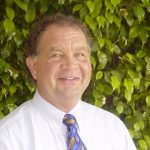
James Sensenig, ND, was a 1978 graduate of NCNM in Portland, OR. For over 40 years he maintained an eclectic practice in Hamden, CT. Over the years, Dr Sensenig held prominent positions in the various naturopathic colleges and the AANP. A champion of classical naturopathic medicine, Dr Sensenig received an Honorary Doctor of Naturopathic Philosophy degree from CCNM, and received numerous awards for his dedication to teaching the principles of naturopathic medicine. We invite you to participate in the Naturopathic Medical Institute (NMI) Vital Conversations, our annual Vital Gathering conferences, and many other resources found at our website: www.naturopathicmedicineinstitute.org.
***
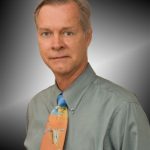
Thomas A. Kruzel, ND, graduated from NCNM and is in private practice at the Rockwood Natural Medicine Clinic in Scottsdale, AZ. He completed 2 years of family practice medicine residency at the Portland Naturopathic Clinic. He also completed a fellowship in geriatric medicine through the OR Geriatric Education Center and the Portland VA hospital. Dr Kruzel has authored several books and published numerous articles. Dr Kruzel is a past-president of the AANP. He was selected as Physician of the Year by the AANP in 2000, and Physician of the Year by the AZ Naturopathic Medical Association in 2003.

